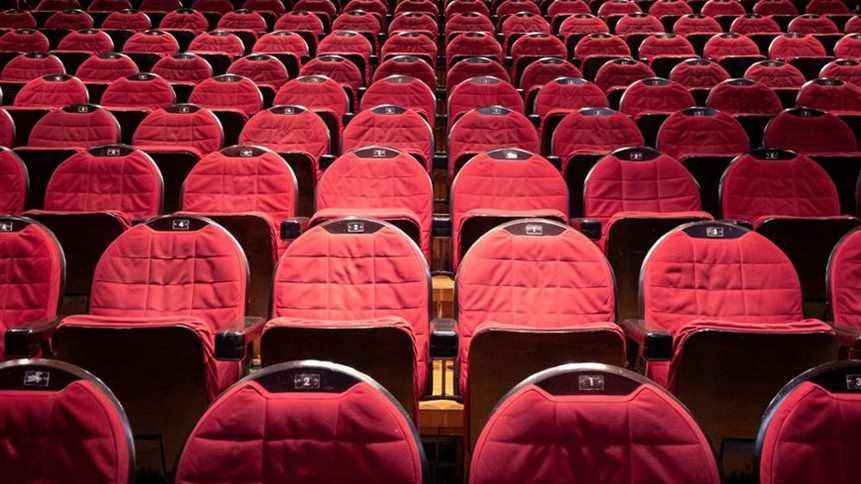Despite the improvement in the Covid-19 epidemic in France in recent months and the easing of health restrictions, cultural places have still not found their pre-crisis audience. This is the lesson of a study carried out in early September by Harris Interactive, the results of which must be commented on Wednesday by Roselyne Bachelot, Minister of Culture.
39% of people questioned say they have not returned to a cultural place since the introduction of the health pass on July 21. Before the epidemic, 88% of French people went there at least once a year. The most affected sector is the performing arts sector. Only 27% of respondents say they have attended a concert against 60% before the Covid-19, 25% at a play against 46%.
30% of French people will visit cultural places less often
Ditto for festivals: nearly three-quarters of French people who used to go there at least once a year have not returned this summer. The cinema is also affected, with only half of the French who used to go to the cinema before the Covid who have returned since the entry into force of the health pass.
According to this study, 30% of people questioned say that they will visit places of culture less often. 60% say they are going back to their pre-crisis habits and 10% say they want to go there less often.
This drop in attendance at cultural venues worries professionals in the sector. Like Olivier Haber, general manager of the Seine Musicale in Boulogne-Billancourt, and member of Prodiss, the employers’ union of the performing arts. Guest of franceinfo this Wednesday, he expressed his concern about “a public that has not regained its pre-Covid habits“. He also indicates that he has far fewer offers to offer.”with international artists who are not present for this fall, some major projects have decided to postpone their production to 2022 or even 2023“.
Filling rate in free fall
Olivier Haber explains that at the musical Seine, “four times fewer shows are offered, so inevitably we welcome fewer audiences“. And concerning the shows presented, they are between 30% and 70% occupancy rate, against more than 70% on average before the health crisis. If the union representative notes an improvement since September, he also indicates:”we start from so low that in the end it doesn’t mean much“.
For Olivier Haber, this disaffection with places of culture can be explained above all by the “moments of conviviality” to catch up. “People who have the opportunity to go out prefer restaurants and bars first“, places where the health pass is also compulsory,”so it is not a subject of health pass“In view of the results of the Harris Interactive study, what worries the union representative the most is the proportion of people who say they want to visit places of culture less in the future.
“It’s hard to understand why he admits. It may be a bit early to make a decision. Of course, there are habits that will change. Will people who have left large cities as part of teleworking go less to concerts at the end of the week? It’s possible. It is up to us to adapt as well, to see if the two-year or three-year upstream sales are perhaps over. Perhaps we need to react faster, be more in line with consumer expectations. It’s a bit early to decide on it“.
